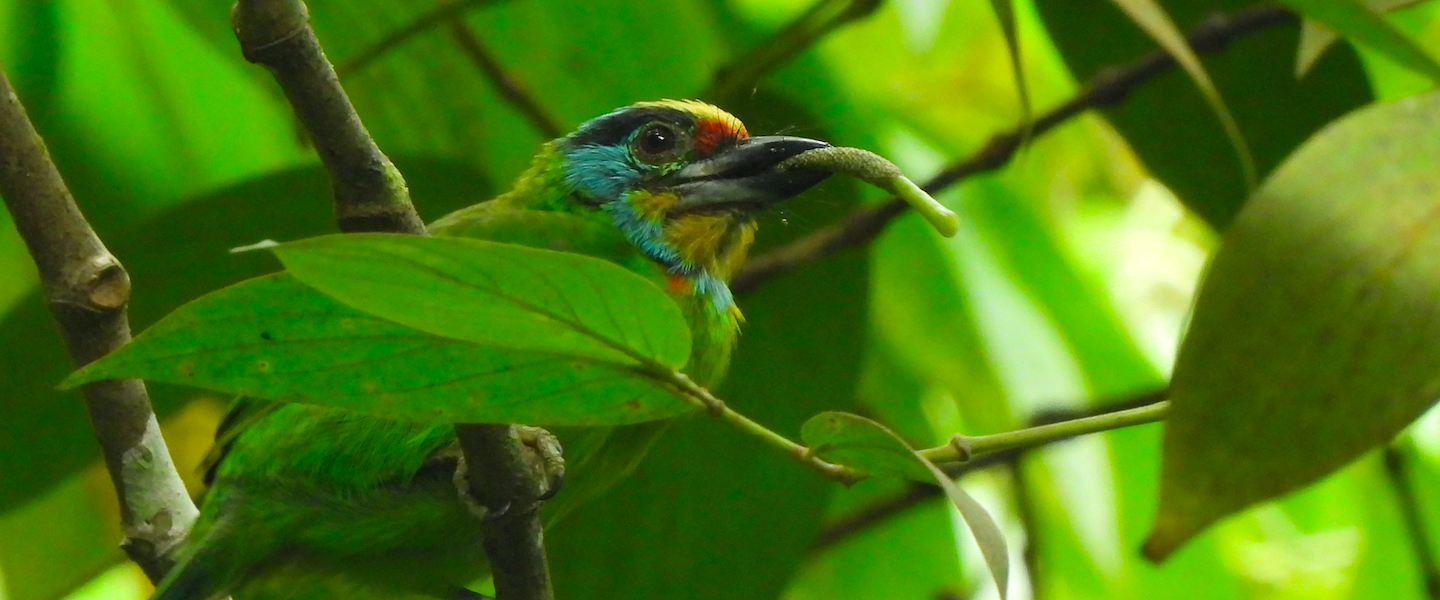I have spent some time in Sanabria region in Castilla y León, a region of Zamora cornered by León in the north, Galicia in the west and Portugal in the south. My dad’s family side is from Sanabria, and I have heard old folk tales of witches and wolves in magical landscapes for years. Only lately have I experienced this magic atmosphere, as I got to visit Laguna de los Peces several days. First with Javi Aznar’s master’s students group on 31st May, then all by myself on 1st June on my way to Pontevedra, and lastly on 6th June as I drove south home with some colleagues.
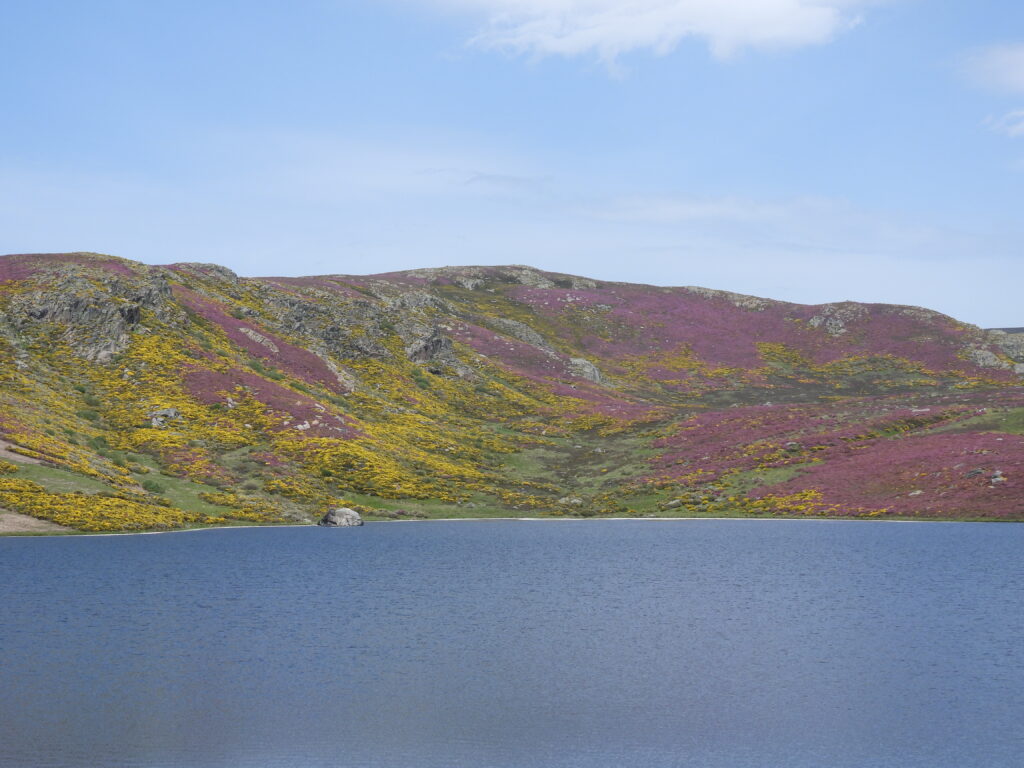
Nearby Lago de Sanabria is the largest glacier lake in Europe and is definitely worth a visit. I remember I used to detest the water temperature when when we visited my dad’s village over the summer and passed by the lake for a quick dip. Now I had a blast with the views from the beach, where Eurasian golden orioles (Oriolus oriolus) and Iberian chiffchaffs (Phylloscopus ibericus) sang, and looking through different fish species unique to this side of the Iberian peninsula: Bocage’s barbel (Luciobarbus bocagei), northern Iberian chub (Squalius carolitertii) and bermejuela (Achondrostoma arcasii).
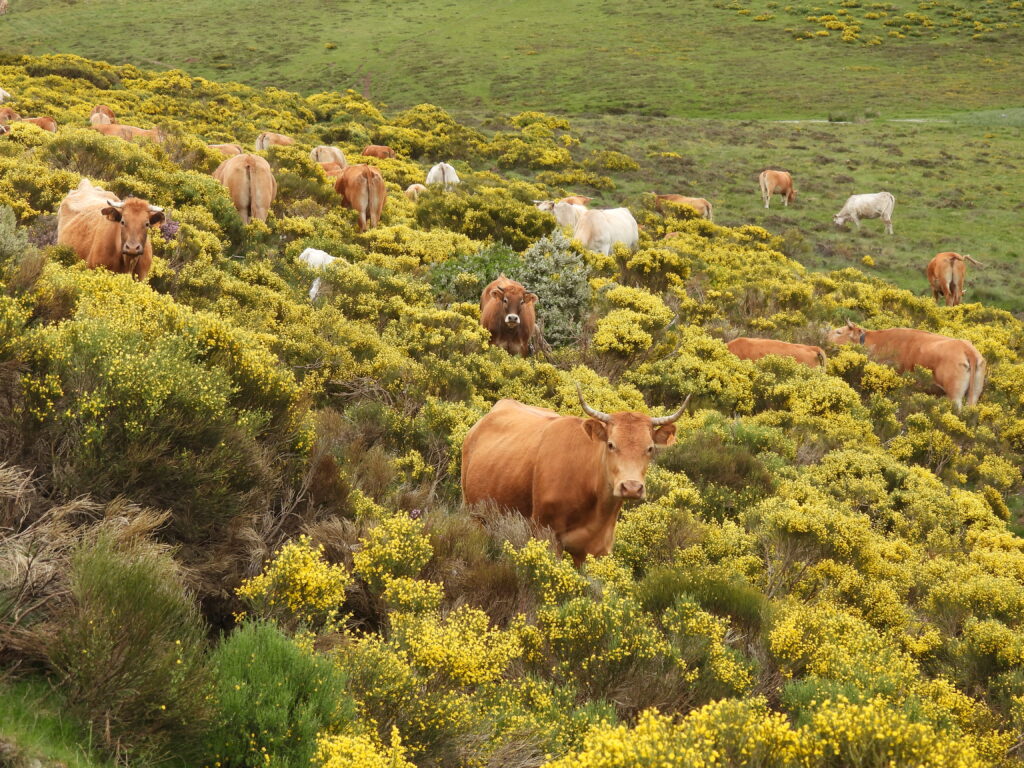
However, the area is scattered with different smaller lagoons higher in the mountains. Among them, Laguna de los Peces can be easily reached by car and is the starting point of a network of trails that cross the mountains of Sanabria Lake Natural Park. Driving up to its level at 1,700 m.a.s.l. in late spring produces an instantly, pleasantly overwhelming sensation. The scent of the flowered carpet of Pyrenean brooms (Cytisus oromediterraneus) and tree heaths (Erica arborea) makes it even inside the car.
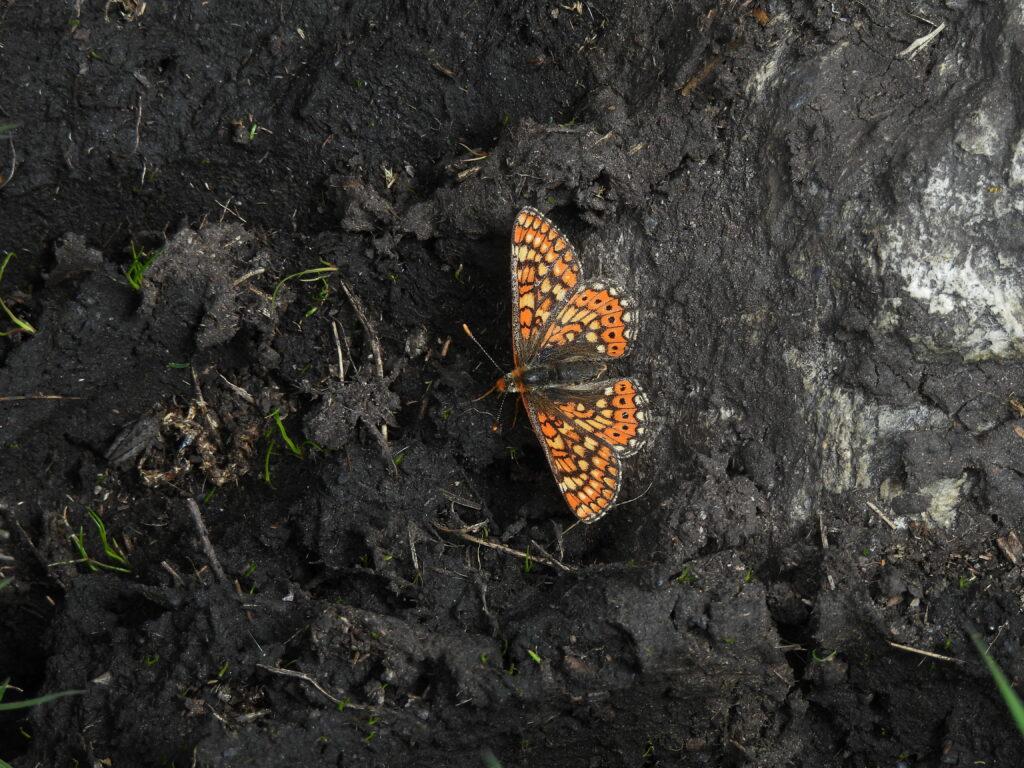
Before arriving to the car park, the silhouette of a small bird singing on a rock caused a quick first stop. An obliging ortolan bunting (Emberiza hortulana) has been singing from the very same spot throughout all my visits, making sure no one else took claim of its rock. Sanabria cattle guarded by Spanish mastiffs were the only creatures daring to get close to it.

On the other side of the road, the brooms before a valley provided a pair of stunning red-backed shrikes (Lanius collurio). Singing birds in the willows of the valley and forested area nearby produced greater whitethroat (Curruca communis), Eurasian wrens (Troglodytes troglodytes), western Bonelli’s warblers (Phylloscopus bonelli) and booted eagles (Hieraaetus pennatus).
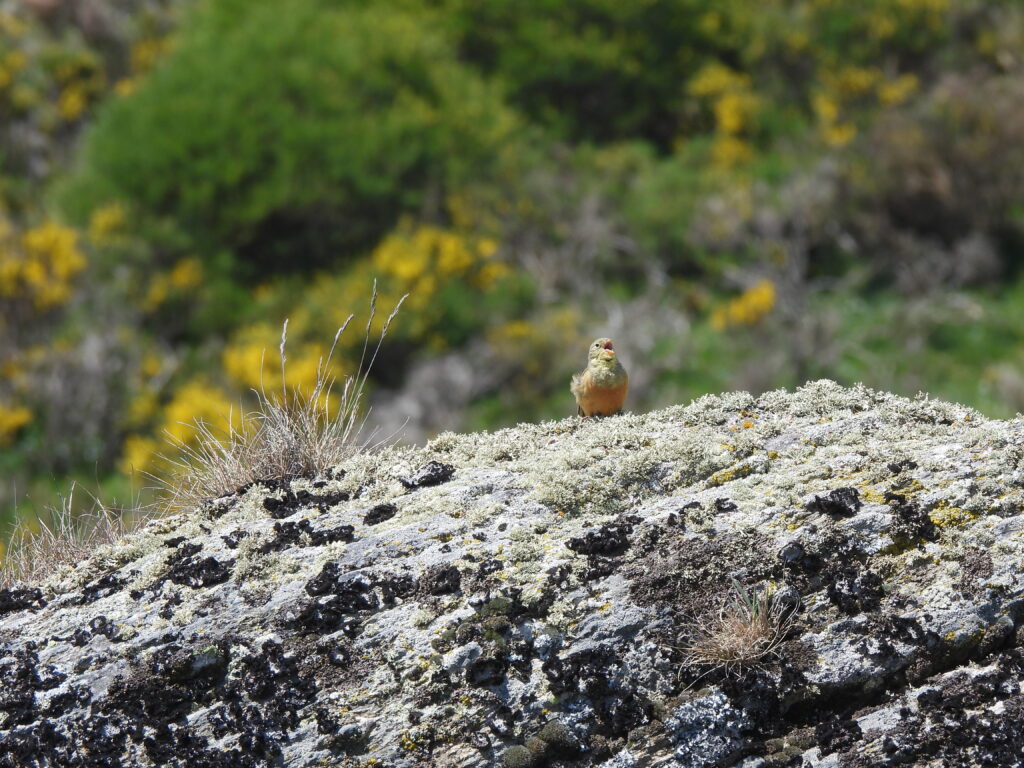
The broom and heath carpet, all colored in yellow and pink, was a delight for the senses. Numerous passerines established their territory in different shrubs, including abundant dunnocks (Prunella modularis), Eurasian linnets (Linaria cannabina), European stonechats (Saxicola rubicola) and a male whinchat (Saxicola rubetra) — some not minding our presence and singing right next to the path.
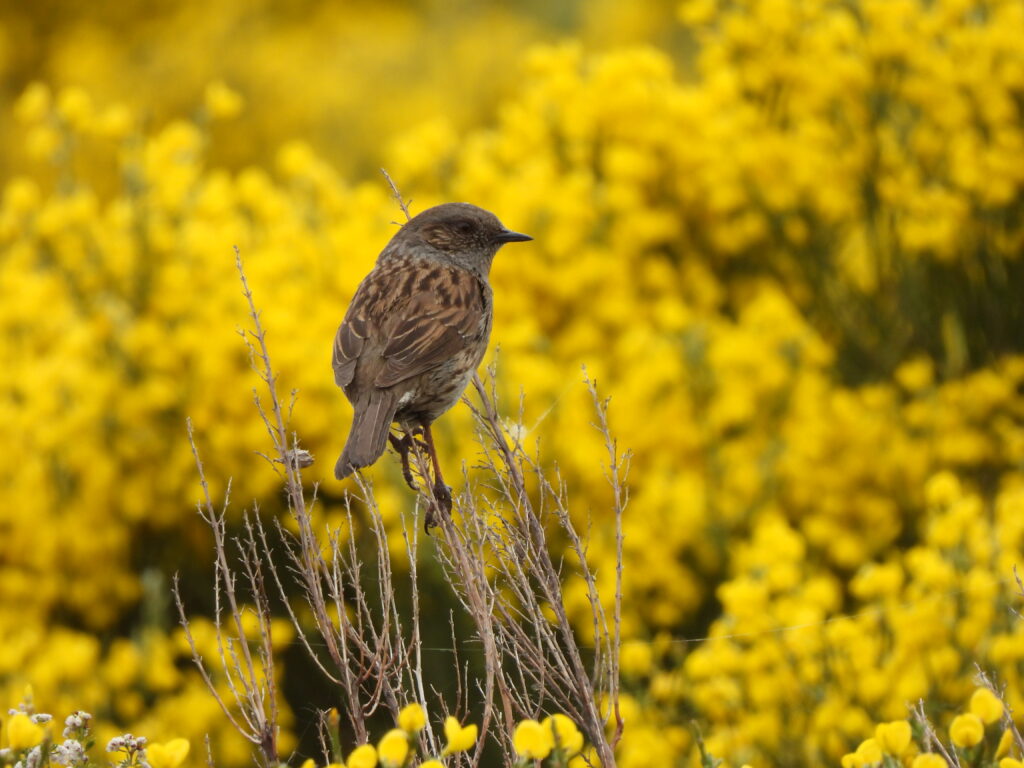
The way down to the lagoon from the car park is short and paved, but still productive. Few Montagu’s harriers (Circus pygargus) patrolled the area flying low over the scrub, while other raptors soared higher: common buzzard (Buteo buteo), griffons (Gyps fulvus) and an unexpected cinereous vulture (Aegypius monachus) on 31st May. A black kite (Milvus migrans) flew down to the lagoon, captured some fish and ate it on a rock on the same day, while two white storks (Ciconia ciconia) landed near the shore and hunted for reckless frogs.
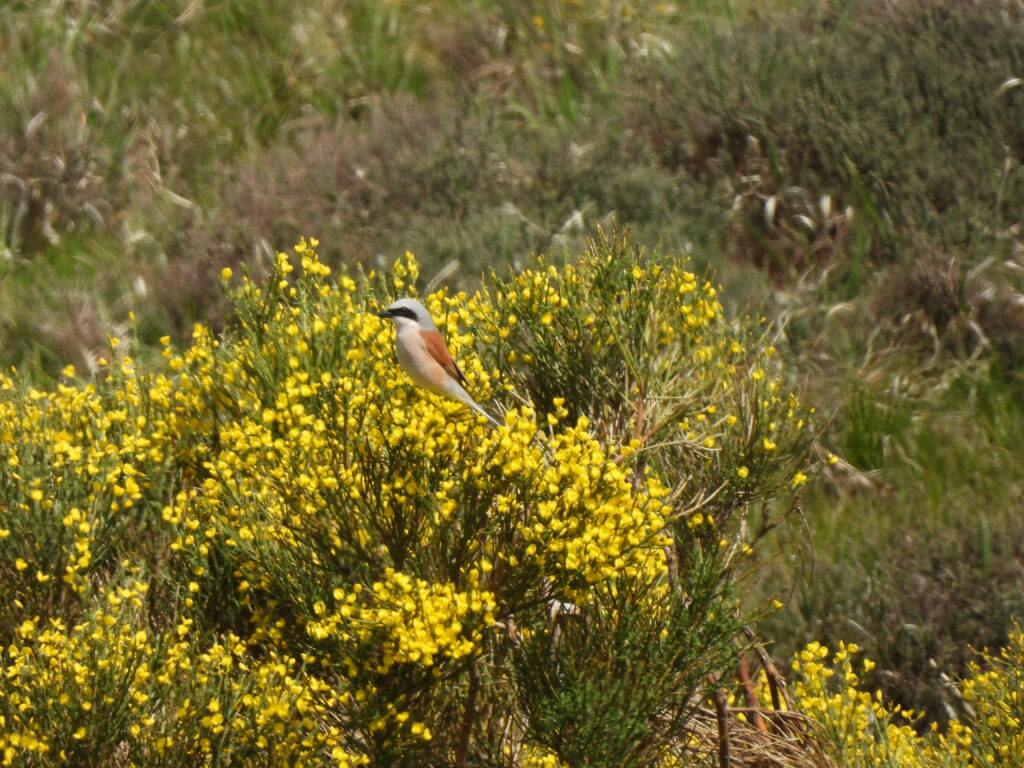
In the water, numerous mallards (Anas platyrhynchos) foraged and a couple of great crested grebes (Podiceps cristatus) filled a floating nest with plant material, detached from a wide carpet of Ranunculus flowers covering the shallow shore. The lagoon also featured bermejuelas, named after the reddish coloration (‘bermejo‘) in the base of their fins.
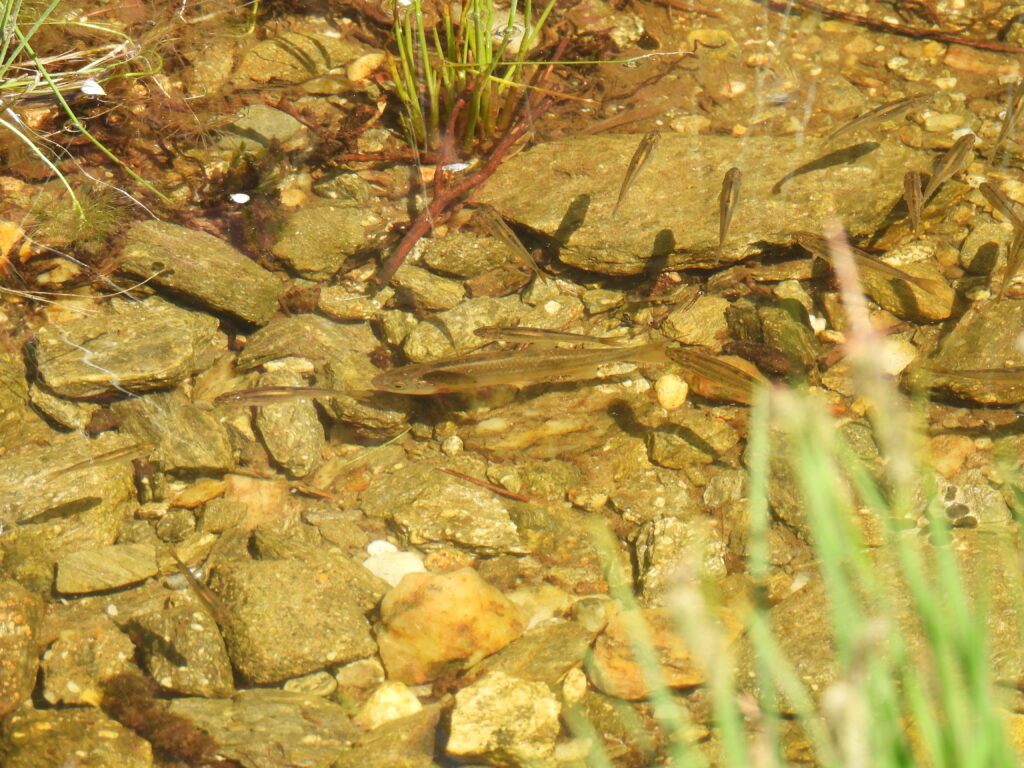
Not all glacial lagoons were as big as Lago de Sanabria or Laguna de los Peces. Close to the path, a flooded grassland covered in Ranunculus flowers as well offered a very shallow pond where cattle drank and bathed. Here, a male Iberian yellow wagtail (Motacilla flava) called and sported its best looks.
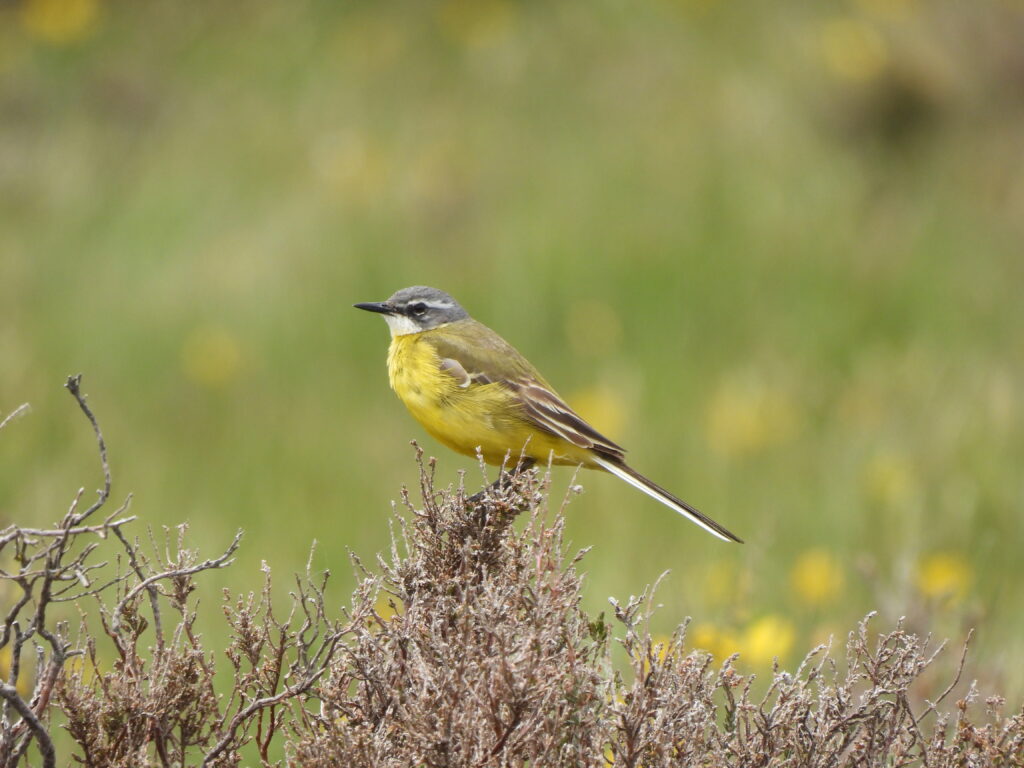
The views fully justify the visit to Laguna de los Peces, and montane birds are a great addition. However, the local amphibians and reptiles are worth sparing some time (following the same principle of my last post). The shrubs are inhabited by numerous Iberian tree frogs (Hyla molleri), among which we found adults and juvenile frogs, at times relatively far from brooks or lagoons. However, the moist terrain seemed favorable for amphibians, as we found several large Pérez’s frogs (Pelophylax perezi) on the little puddles left at the footprints of cattle.
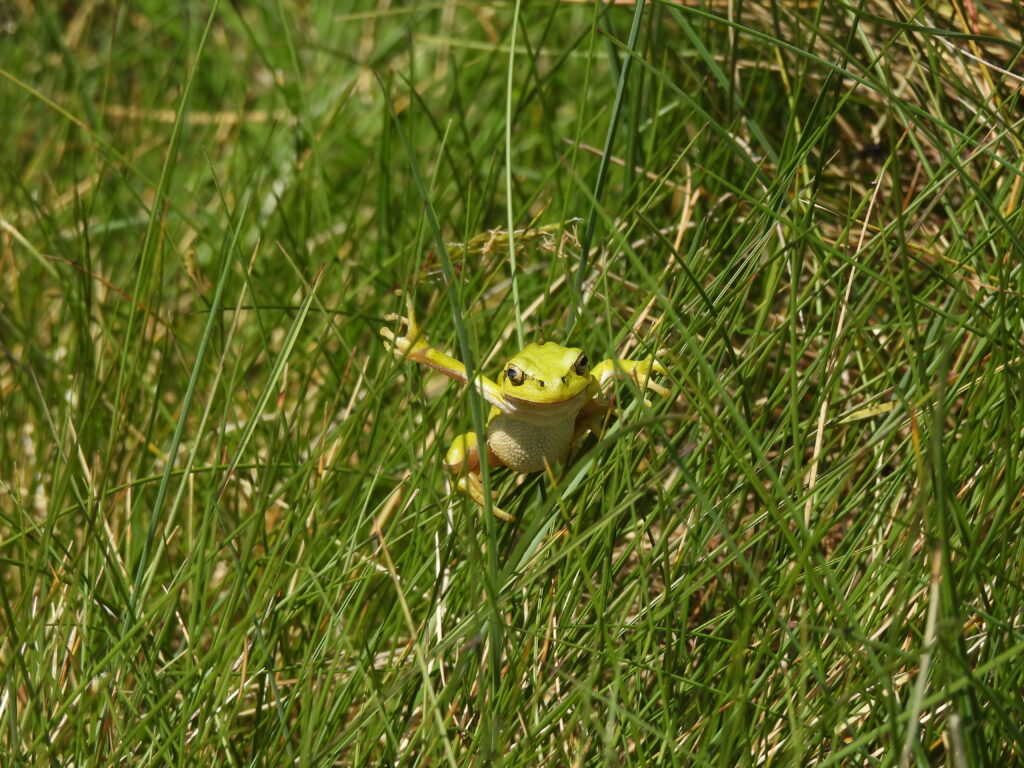
In terms of herps, my most wanted has to be the narrow endemic Galán’s rock lizard (Iberolacerta galani). This stunner of a lizard can only be found above the tree line in few high mountain habitats of this and nearby mountain ranges, in Montes de León area. Adults sport a brown to bright green and black pattern with blue spots, differing between sexes. This large lizard was relatively abundant throughout but provided the best looks at the rocks down the lagoon dam and near a shepherds hut.
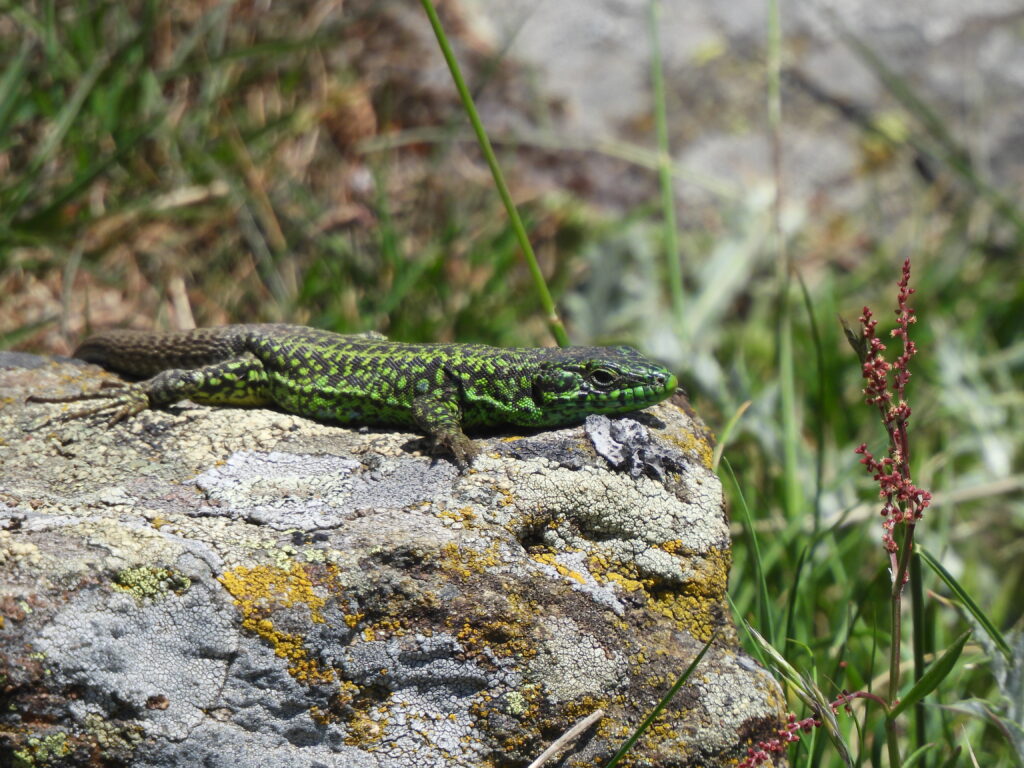
This same shepherds hut was favored by other montane specialists, such as northern wheatears (Oenanthe oenanthe) and water pipits (Anthus spinoletta). The song of skylarks (Alauda arvensis) was omnipresent, and I saw some birds carry feed while singing. Most birds here are migrants, either locally (i.e., altitudinal range) or at a wider scale (i.e., latitudinal range), and seem to use the resources of this montane paradise over spring and summer before leaving the area as the harsh winter covers all the place with snow for months.
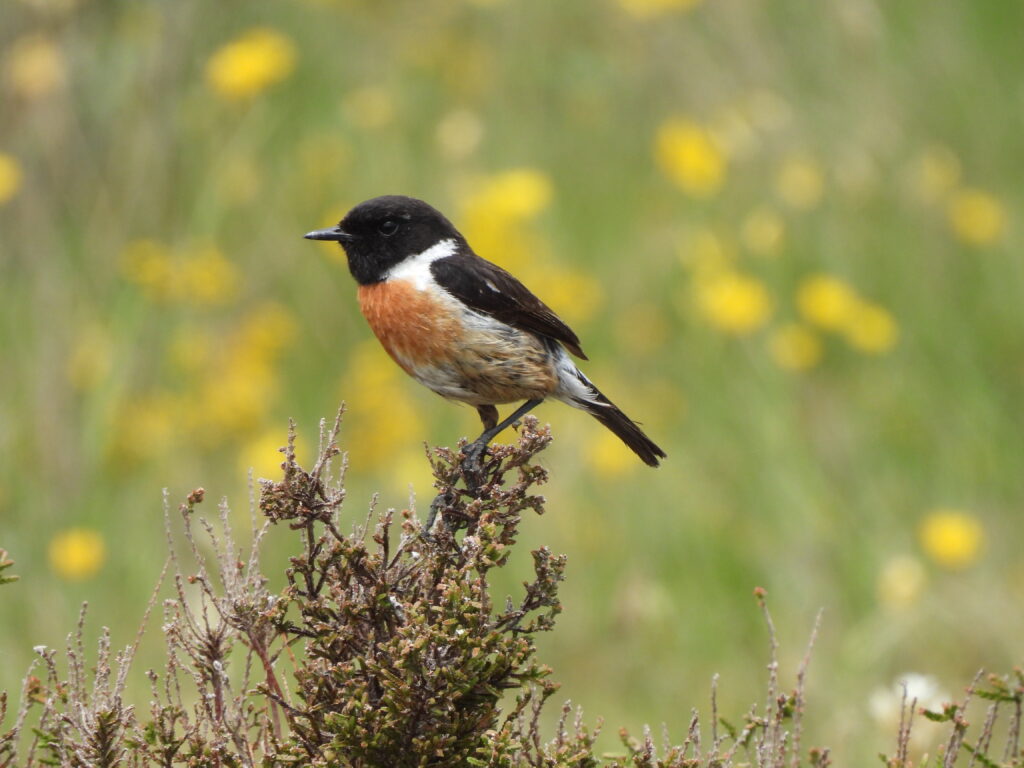
While looking for Iberolacerta, we walked across the territory of a bluethroat (Luscinia svecica). This is my first time getting a glimpse of the beautiful subspecies azuricollis, featuring a full-blue throat and red bib. This taxon breeds in high mountain broom scrub habitats in the Iberian peninsula and is the only known population of the species to spend winter in the Sahel. Therefore, these birds do not overlap with white-spotted bluethroats in Iberian wetlands over winter. A stunner of a bird regardless, even if it only gave us a quick view on top of a heath on the first visit. On the last visit, we only briefly saw a bird skulking among the scrub and carrying feed, likely taking care of chicks — which would explain why we did not hear any singing bird.
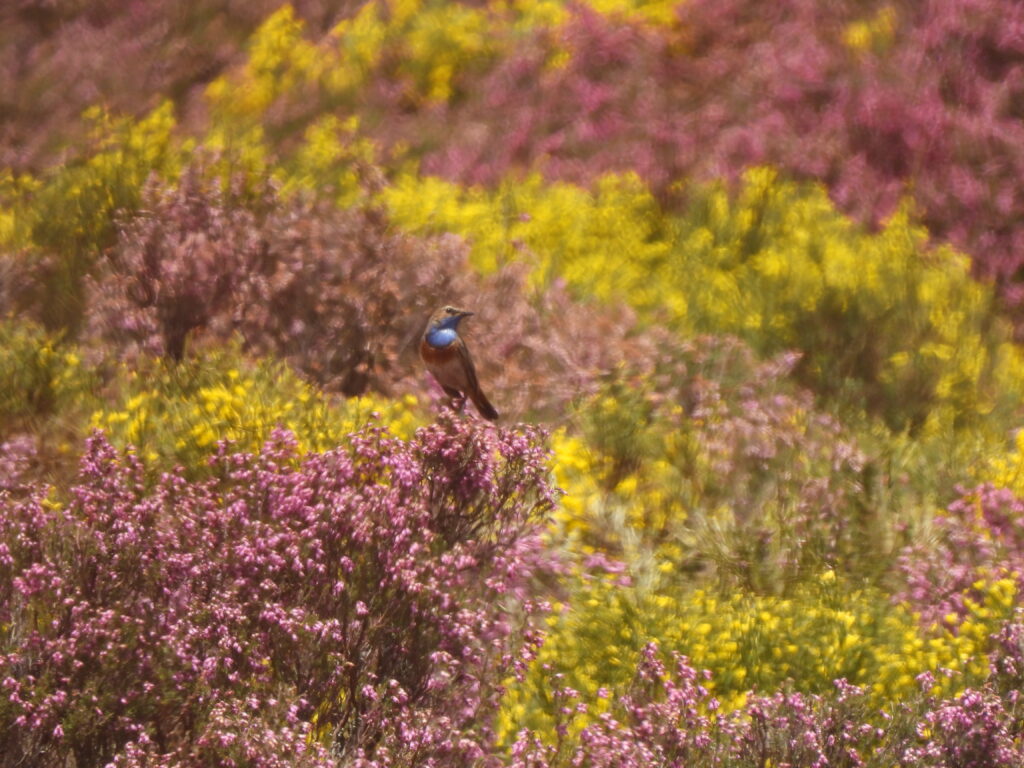
Another delightful bird was the Dartford warbler (Curruca undata). Although quite common in my area, I rarely get any prolonged view of the species in the open in southeast Spain. However, these skulkers seem to provide world-class views in this habitat, as I enjoyed great looks on different spots and dates. I enjoyed following different territorial birds chasing other warblers off their scrub while delivering their distinctive calls.
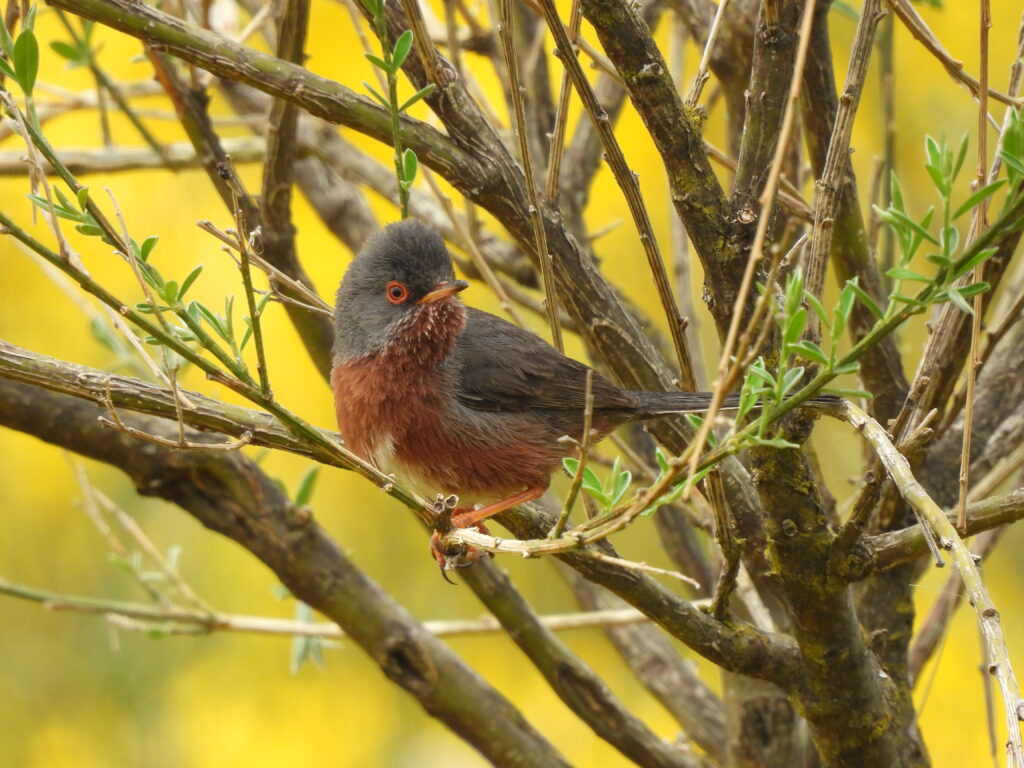
Back to herps, I bumped into a juvenile Iberian emerald lizard (Lacerta schreiberi), small and dark with flanks covered in bright yellow dots. A quick stop in San Martín de Castañeda, a village right down the road to access Laguna de los Peces, produced an obliging juvenile basking on a rock and a stunning blue-and-green male drinking out of a creek. This awesome large lizard is yet another Iberian endemic, mainly restricted to the north-west side of the peninsula.
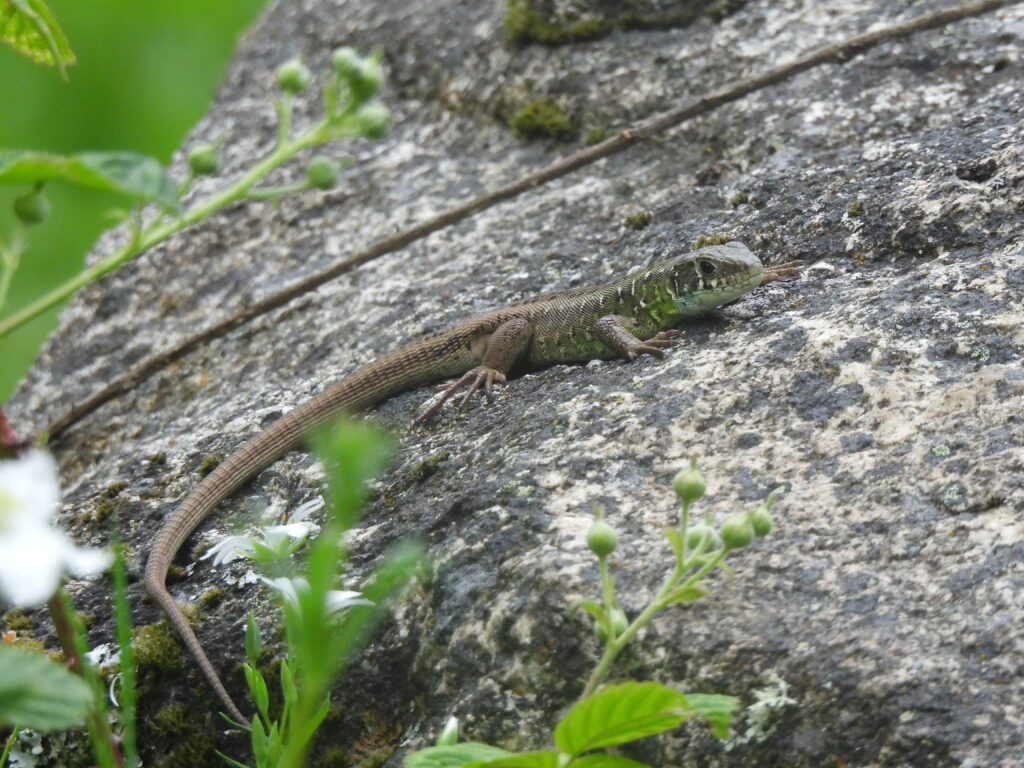
On my last visit, Sergio Gilabert spotted a juvenile Seoane’s viper (Vipera seoanei) that was definitely the cherry on top of this fantastic place. Being restricted to the top north of the Iberian peninsula, Sanabria is among the southernmost areas of the range of the species. Unsurprisingly, it was a lifer for most of us.
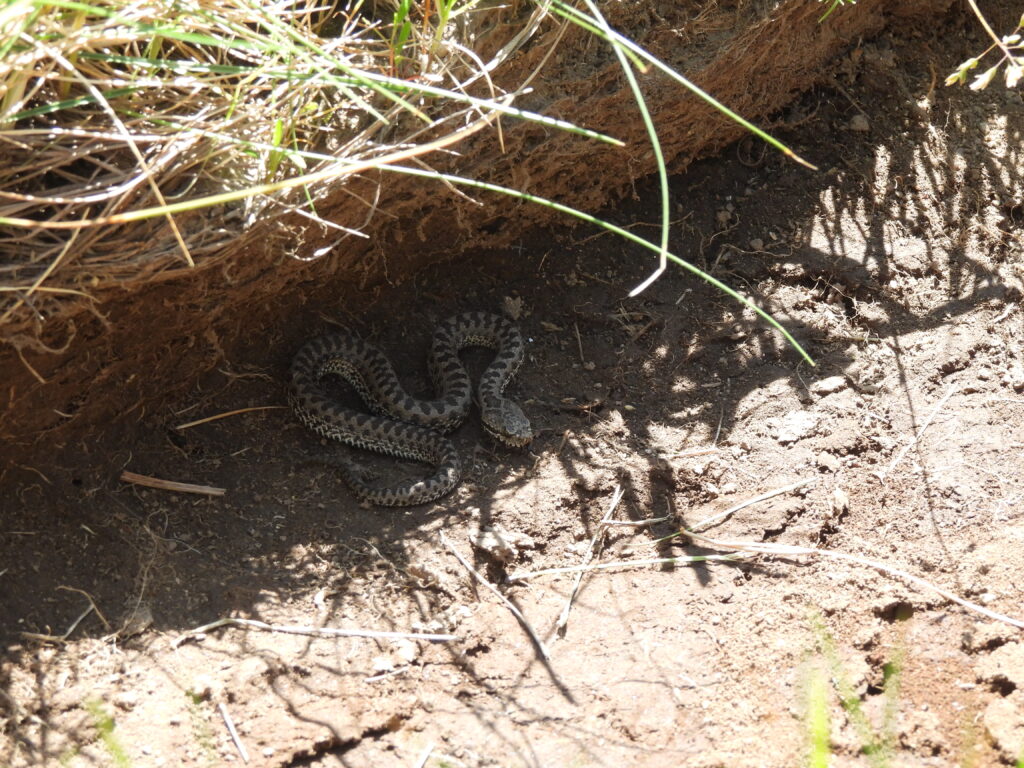
I cannot finish these words without mentioning the diversity of arthropods in the area, some of which caught my attention. Walking around Laguna de los Peces produced numerous encounters with range-restricted longhorn beetles (Dorcadion seoanei) and the stunning marsh fritillary (Euphydryas aurinia). The surrounding area — including the accessing road some hundred meters below — provided Portuguese red-striped oil beetle (Berberomeloe castuo), southern hill fritillary (Melitaea celadussa) and Iberian sulphur (Libelloides hispanicus).
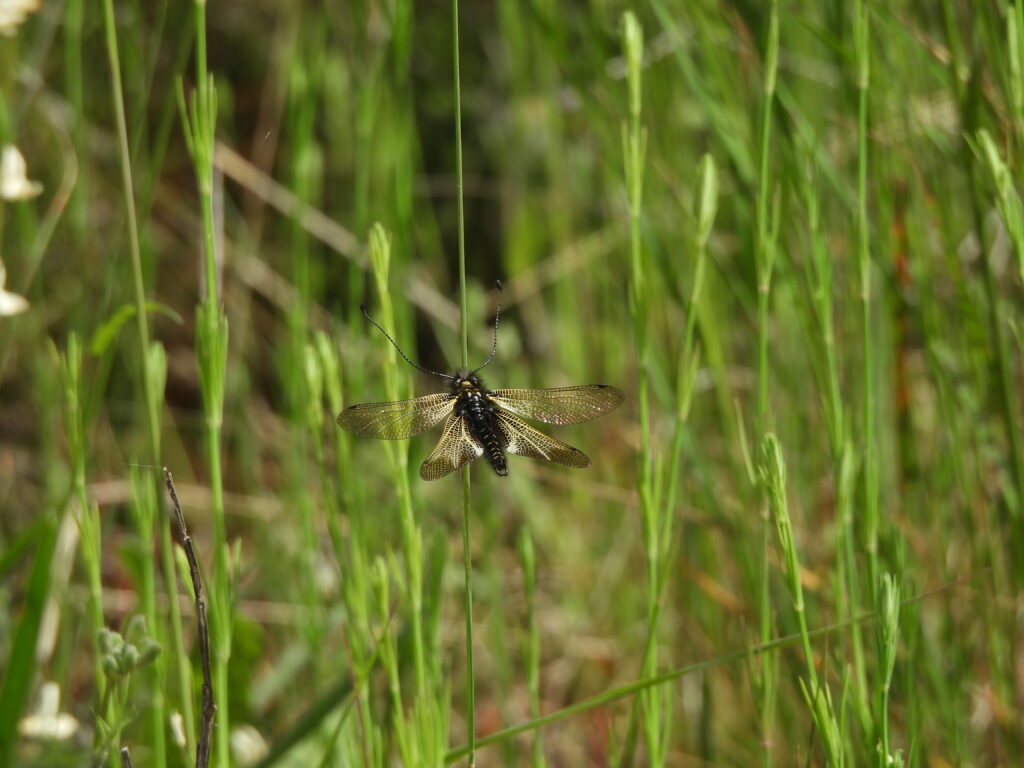
I am particularly captivated by high mountain habitats and Laguna de los Peces really caught my eye. Traditional extensive agriculture meets barely touched montane vegetation in a location shaped by harsh winters, folk stories and an astonishing biodiversity.

